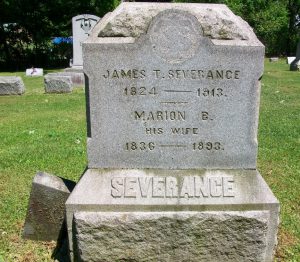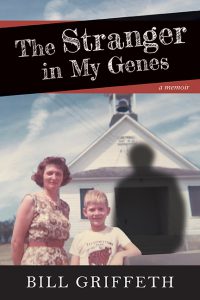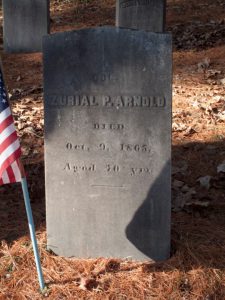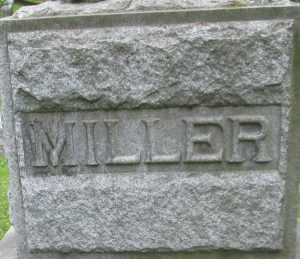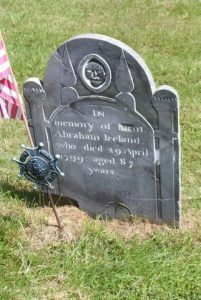 Of all the things we leave behind when our time is done, the most important, of course, is ourselves, the least and the most of our lives. While cultures vary in the veneration of ancestors, my staunch Puritan ancestors held to the rites of our New England traditions.
Of all the things we leave behind when our time is done, the most important, of course, is ourselves, the least and the most of our lives. While cultures vary in the veneration of ancestors, my staunch Puritan ancestors held to the rites of our New England traditions.
Yet one of the most fascinating yet unsettling museums I’ve experienced is the Museo de las Momias de Guanajuato,[1] the Mummy Museum in Guanajuato, Mexico. And what better time to visit that museum than on Dia de los Muertos, the Day of the Dead? We walked with local families up the hill to the cemetery next to the museum where it is customary to picnic, decorate the family grave site, and pay homage to one’s ancestors. Continue reading Earthly remains
